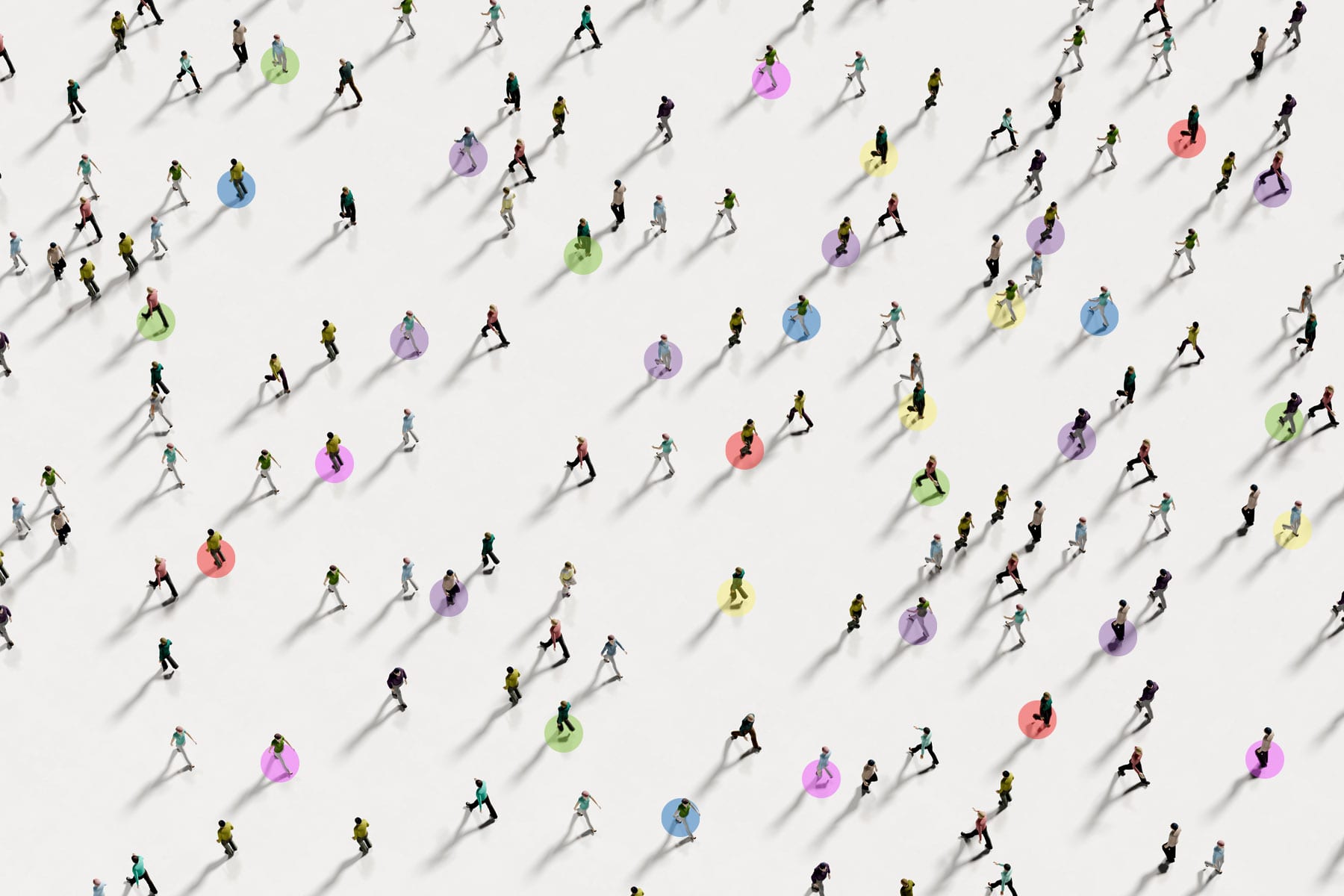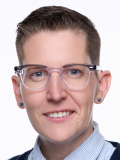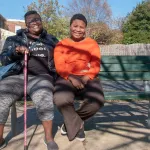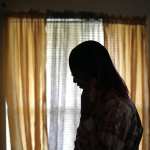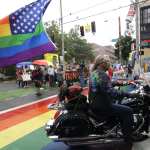More young people are out than ever before, and most people who identify as LGBTQ+ are attracted to more than one gender, according to new data.
A study released Wednesday by Gallup found that 5.6 percent of the U.S. population now identifies as LGBTQ+, up from 4.5 percent in 2017. Jeff Jones, a senior editor of the poll, said that the jump was driven adult people ages 18 to 23. One in six adult members of Generation Z (born from 1997 to 2002) identified themselves as LGBTQ+, which Jones said was “nearly twice” the rate of millennials, and “certainly much larger” than older generations. Just over 1 percent of people born before 1946 said they were LGBTQ+.
“I think there’s, along with greater acceptance, a greater willingness to identify yourself that way than maybe in the past,” Jones said. “But we don’t know how much of that is contributing as opposed to just becoming something that’s more common in the population.”
Of the 15,000 people over the age of 18 interviewed, 54.6 percent of LGBTQ+ respondents identified as bisexual. Just under 25 percent said they were gay, while a little over 11 percent reported they were lesbian or transgender. Only 3.3 percent identified themselves in other categories like queer or same-gender loving. Nearly 8 percent declined to answer.
Women were more likely to identify as LGBTQ+ at 6.4 percent compared with 4.9 percent of men. Perhaps the greatest gap, however, was political affiliation: 8.8 percent of Democrats said they were LGBTQ+, compared with 1.7 percent of Republicans and 6.5 percent of independents.
Jones said the findings are on par with what researchers expected. Many of the numbers closely match those found by the Williams Institute at the UCLA School of Law, which for years has closely studied and analyzed LGBTQ+ populations in the absence of census data.
The Gallup LGBTQ+ population count is one of a handful of national statistics that exist on queer people in the United States, since the federal government does not collect that data. LGBTQ+ organizations and media outlets use it to calculate everything from LGBTQ+ voter turnout to unemployment to health care access.
